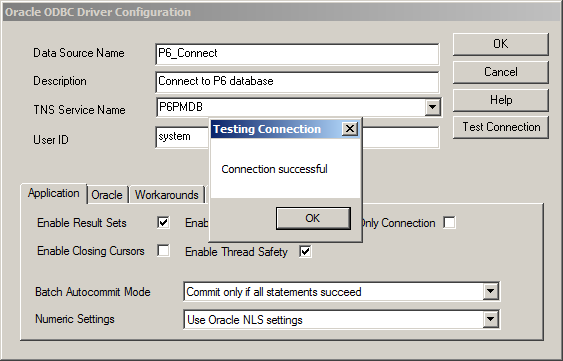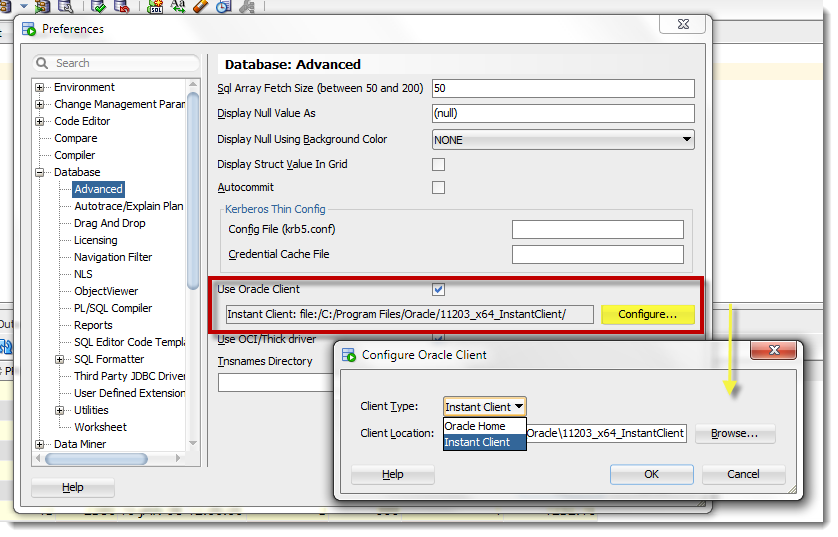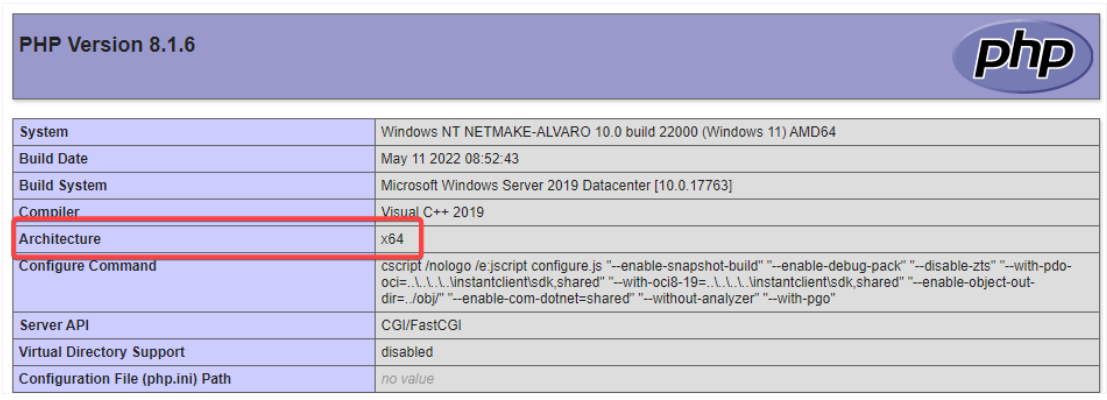

If the service name in the connection request specifies the RAC system database name, the requested listener selects one of the registered instances to forward the connection request to, based on the load each of the instances is experiencing. For example, if we look at the Oracle RAC Nodes A, B, and C in Figure 2, Instances A, B, and C are registered with Listeners A, B, and C. In an Oracle RAC system, each active Oracle database instance in the RAC system registers with each listener configured for the Oracle RAC.
#Odbc connection for oracle 10g driver
Instead, the driver sends a connection request to a listener process, which forwards the request to the appropriate Oracle database instance. When an application requests a connection to an Oracle database server through the driver, the driver does not connect to the database server directly. Connection FailoverĮnabling connection failover allows a driver to connect to another node if a connection attempt on one node fails. Also, because the state of the transaction must be stored at all times, TAF requires more performance overhead than connection failover. The primary difference between connection failover and TAF is that the former method provides protection for connections at connect time and the latter method provides protection for connections that have already been established. In some cases, if the statement executing at the time of the failover is a Select statement, that statement may be automatically re-executed on the new connection with the cursor positioned on the row on which it was positioned prior to the failover.īoth connection failover and TAF provide a connection retry feature that allows a connection to be retried automatically until a connection with another RAC node is successfully re-established.

Any disrupted transactions are rolled back, and session properties and server-side program variables are lost. If a communication link failure occurs after a connection is established, the connection fails over to another active node. Transparent Application Failover (TAF).Connection failover ensures that an open route to your data is always available, even when server downtime occurs.

If a connection failure occurs at connect time, the application can fail over the connection to another active node in the cluster. Oracle RAC systems provide two methods of failover to provide reliable access to data:
#Odbc connection for oracle 10g drivers
This document explains how you can take advantage of Oracle RAC features such as load balancing and connection failover using the DataDirect Connect® for ODBC Oracle drivers to connect your data critical applications to data. When connection failover occurs and a service connection is redirected to another node, users can continue to access the service, unaware that it is now provided from a different node. When a node failure occurs, connection attempts can fail over to other nodes in the cluster, which assume the work of the failed node. In addition, an Oracle RAC system can protect against computer failures caused by unexpected hardware failures and operating system or server crashes, as well as processing loss caused by planned maintenance.

For example, in the event of a sudden increase in traffic, an Oracle RAC system can distribute the load over many nodes, a feature referred to as load balancing. A cluster architecture, such as Oracle RAC, provides applications access to more horsepower when needed, while allowing computing resources to be used for other applications when database resources are not as heavily required.


 0 kommentar(er)
0 kommentar(er)
